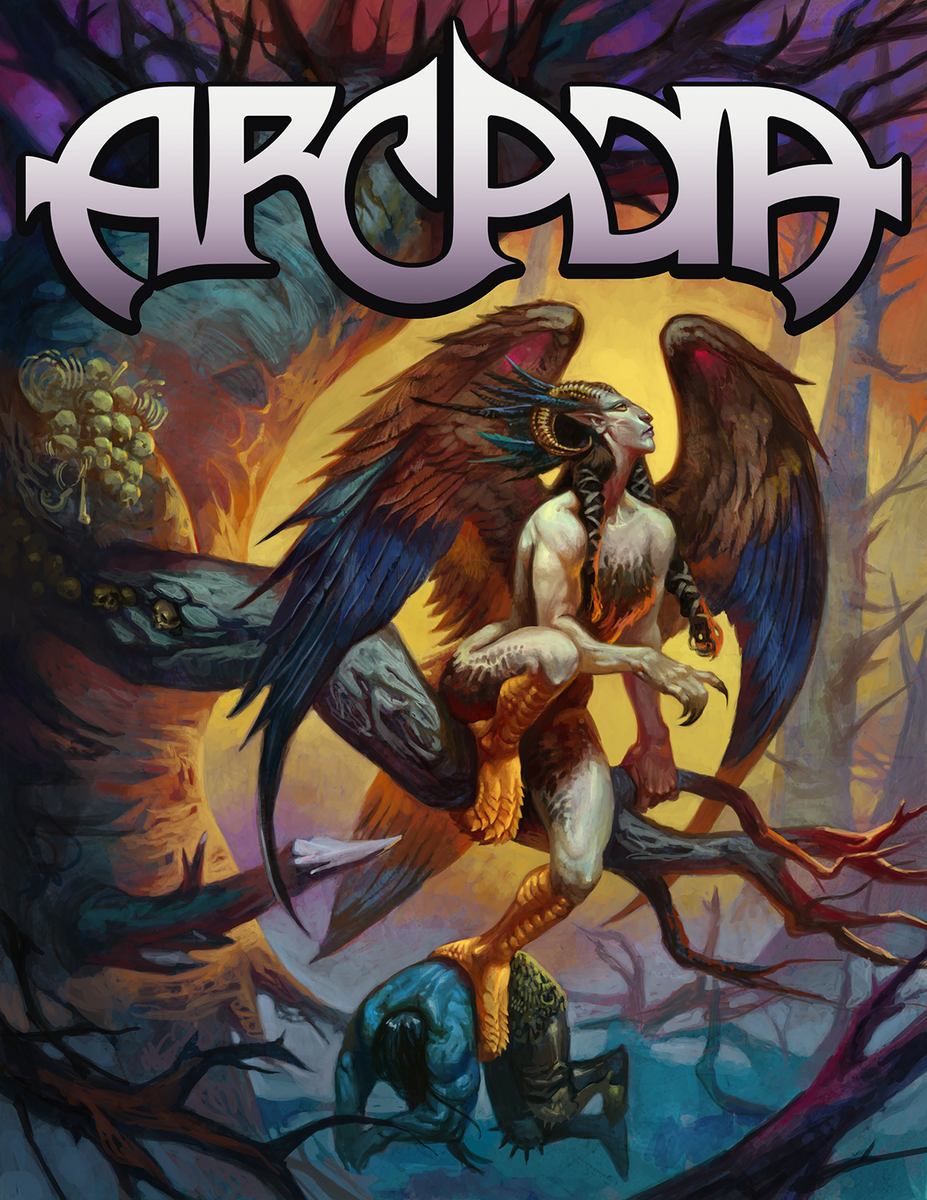Shades of Eternity
Legend
I've been wanting to build some mounts in 5e so I got some questions:
1. What should the cr of the mount be relative to the rider?
2. If the mount is armed, are the attacks used by the mount or the rider (or would that be joined rules).
3. Is the initiative one big block, or are their separate initiatives.
4. If you are fought by a mount and rider, would you add on legendary actions to reduce the effect of the action economy, or would the standard actions more then apply. Or is there another option?
5. If your party is also mounted, would your monster /mount team up be more likely to go for the rider, or the mount?
6. are lances still a thing in 5e. If so just checking where to look for them.
any other mounted rules that a gm should be aware of?
1. What should the cr of the mount be relative to the rider?
2. If the mount is armed, are the attacks used by the mount or the rider (or would that be joined rules).
3. Is the initiative one big block, or are their separate initiatives.
4. If you are fought by a mount and rider, would you add on legendary actions to reduce the effect of the action economy, or would the standard actions more then apply. Or is there another option?
5. If your party is also mounted, would your monster /mount team up be more likely to go for the rider, or the mount?
6. are lances still a thing in 5e. If so just checking where to look for them.
any other mounted rules that a gm should be aware of?




